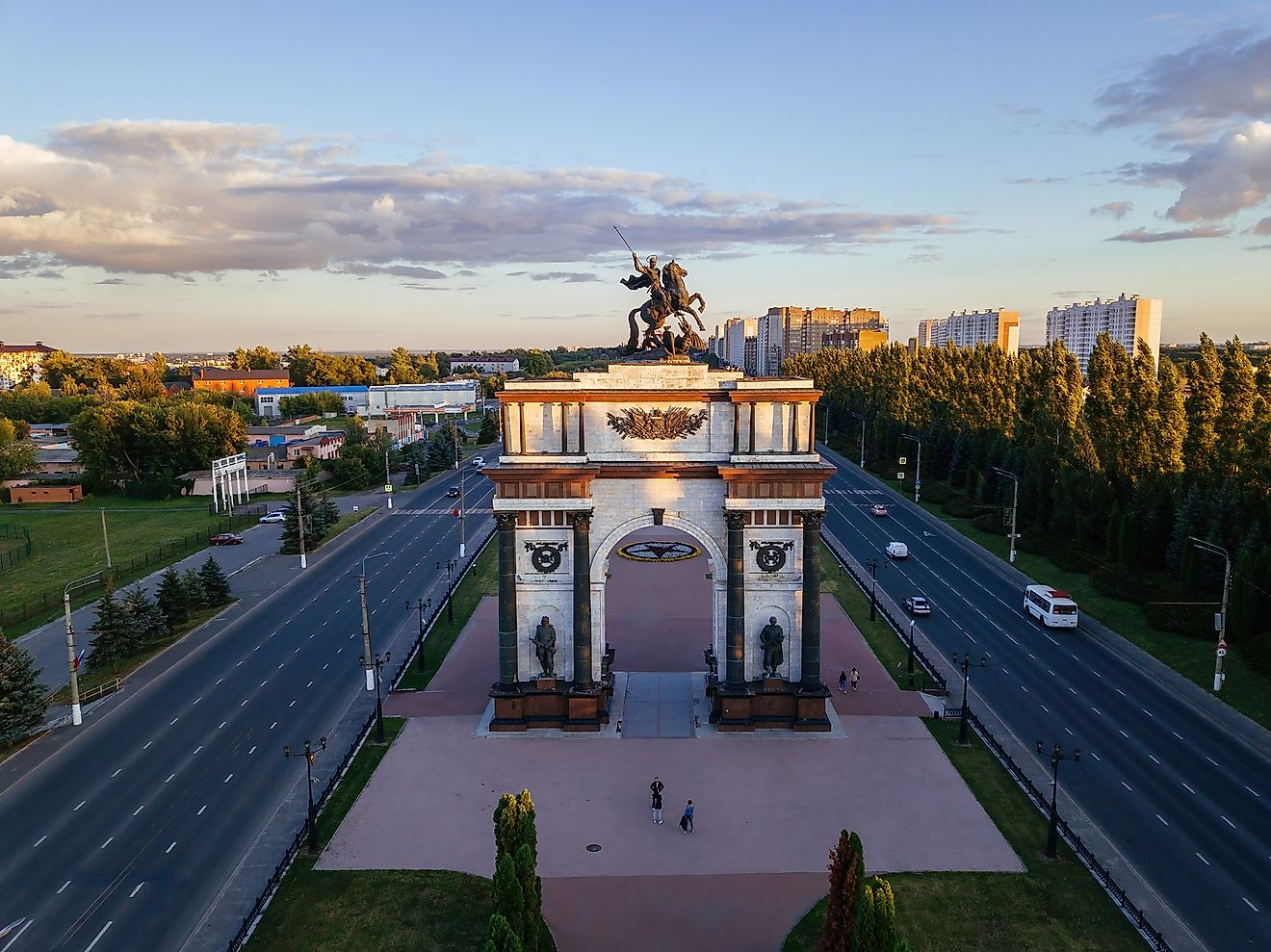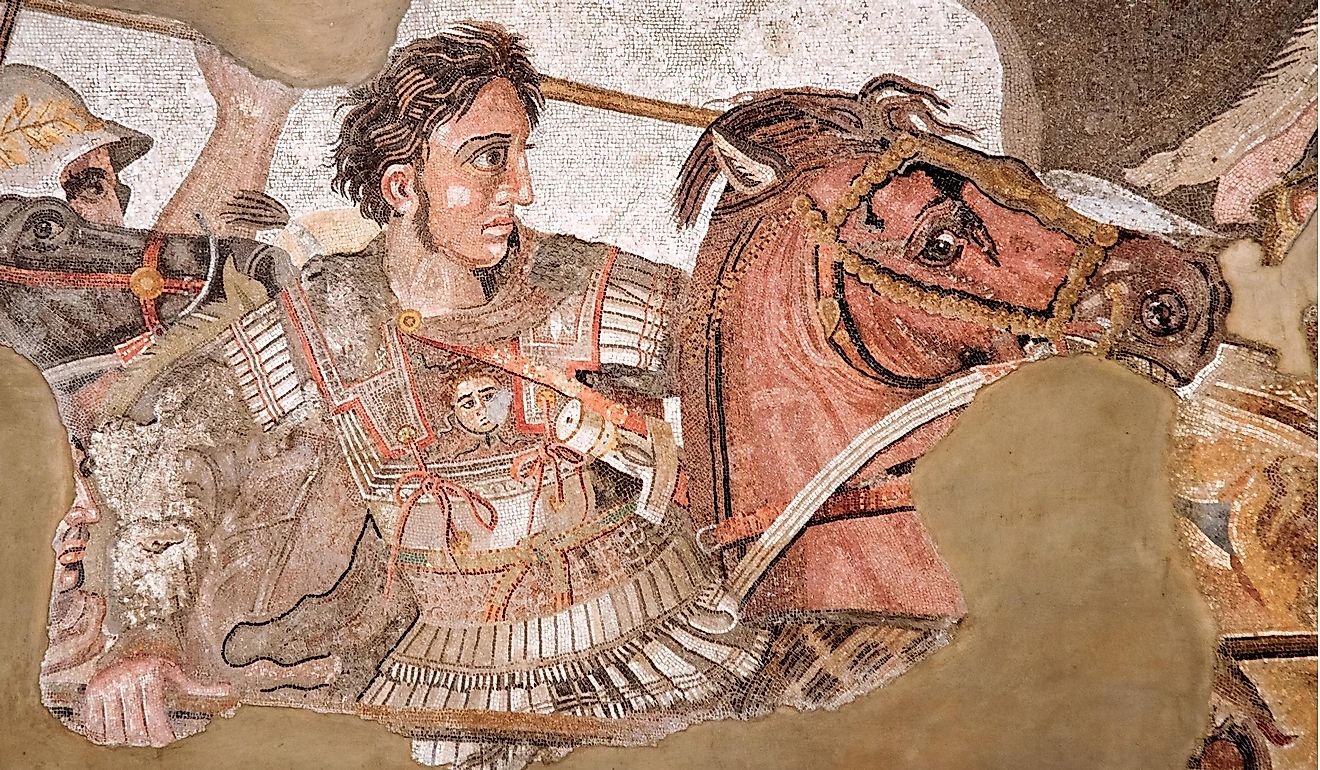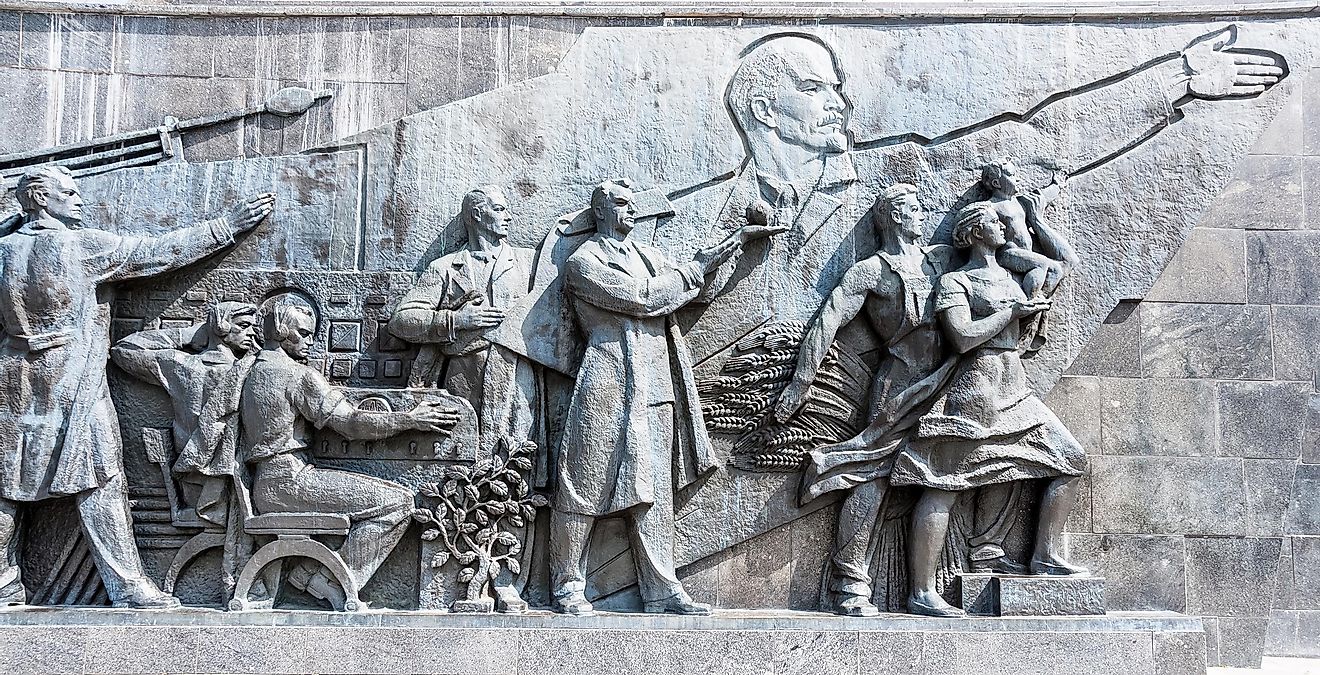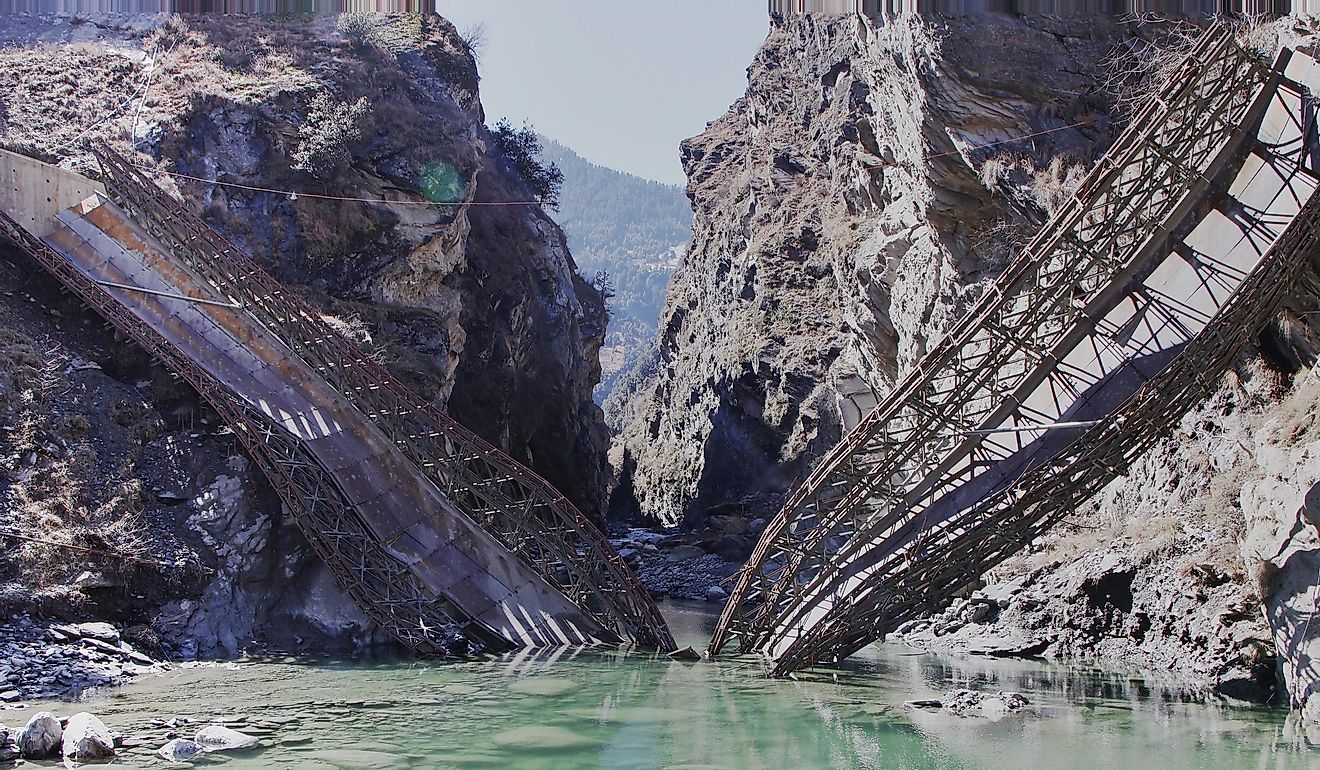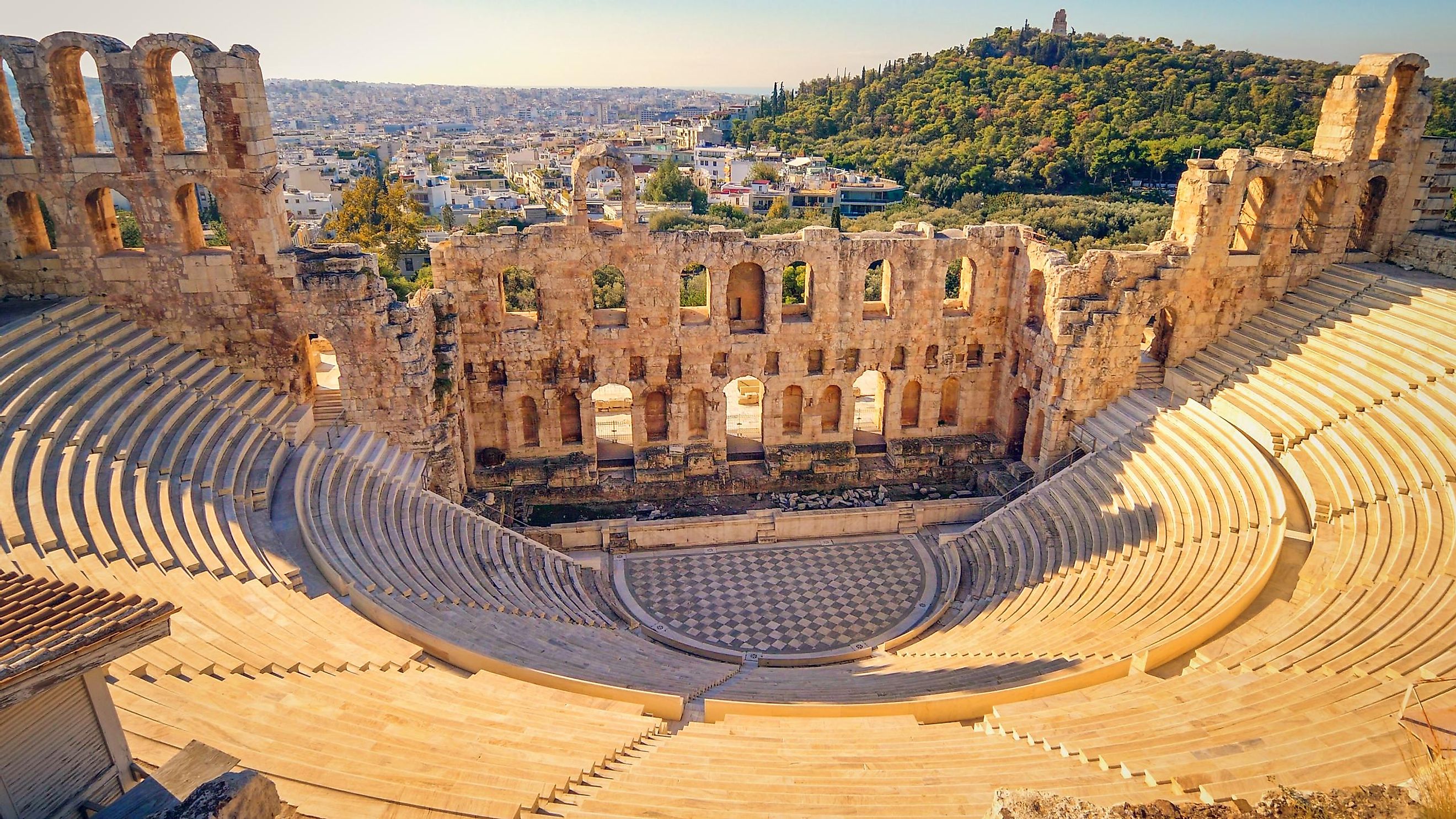
The Overlooked Wonders Of The Ancient World
While the seven wonders of the ancient world, these being the Colossus of Rhodes, the Great Pyramid of Giza, the Hanging Gardens of Babylon, the Statue of Zeus at Olympia, the Temple of Artemis at Ephesus, the Mausoleum at Halicarnassus, and the Lighthouse of Alexandria, are without a doubt deserving of being considered wonders, there are certainly many other ancient sites that are just as deserving of being held in the same regard. In particular, there are many more sites from the ancient world with more archeological remains, making them far more fascinating to those looking to visit their locations. From the Great Wall of China to the Ancient City of Dholavira in India, below we consider some ancient sites which certainly deserve a place in history alongside the 'official' seven wonders of the ancient world.
Moenjo-Daro, Pakistan
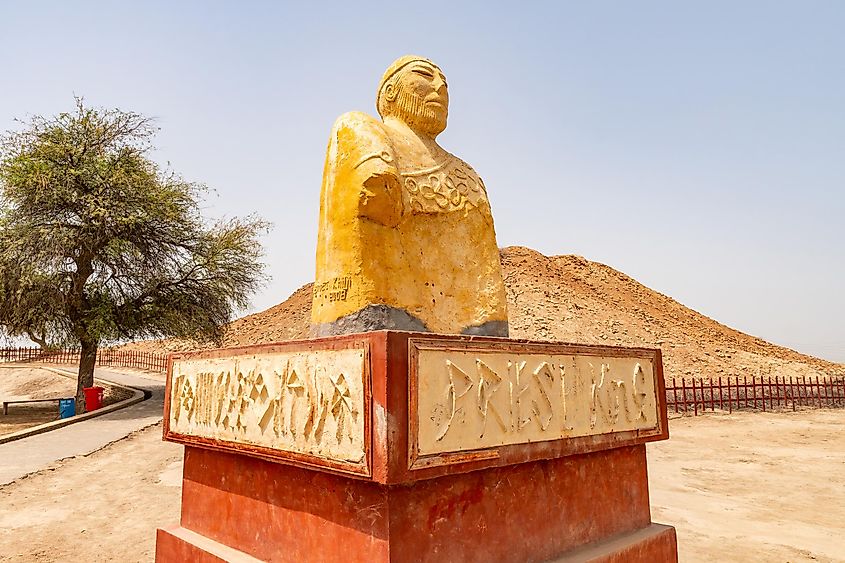
Discovered in 1922 and located in the Indus Valley in modern Sindh province, Pakistan, the ruins of the city of Moenjo-daro, or 'Mound of the Dead,' date back to the third millennia BCE. This site is associated with the Indus civilization, one of the great ancient civilizations. Found on the alluvial plain, about 50 miles southwest of the modern city of Sukkur, the Moenjo-daro was the largest settlement in the Indus Valley in its time. Sitting on the right bank of the Indus River, this site is of major importance to understanding the evolution of city planning throughout the ancient world. The site contains an acropolis area, ramparts, and a lower town site and is constructed based on recognizable modern rules of city planning, making it the earliest record of such an organization in the archeological record.
The Theatre Of Dionysus, Greece
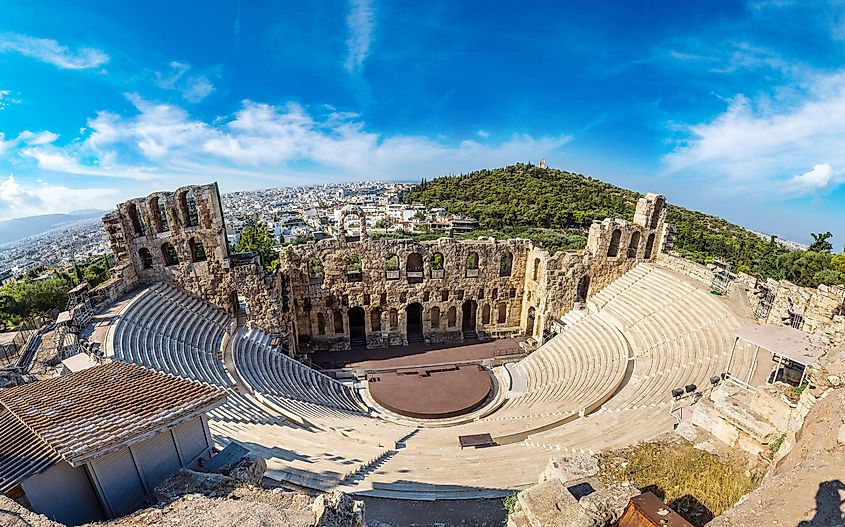
Located in modern Athens, Greece, on the southern slope of Acropolis Hill, the Theatre of Dionysus was built around the 4th or 5th century BCE and is the oldest archaeological site associated with the Ancient Greeks in Greece. First built as part of the sanctuary of Dionysus Eleuthereus and dedicated to the god of theatre and wine, Dionysus, the Theatre of Dionysus is believed to be the first theatre ever built across the entire world, and is the origin of Greek melodrama. In its early form, there was a statue of Dionysus in the front row of the theatre, and the seats were built out of wood. Later, the seats were redone in stone; this is how we see the theatre today. The theater held up to 13,000 people and was first built with a round orchestra, later changed into a half circle during the reign of the Roman Empire under emperor Nero. This theatre continued to be used until the 5th century CE when it was allowed to fall into disrepair.
The Great Wall of China, China
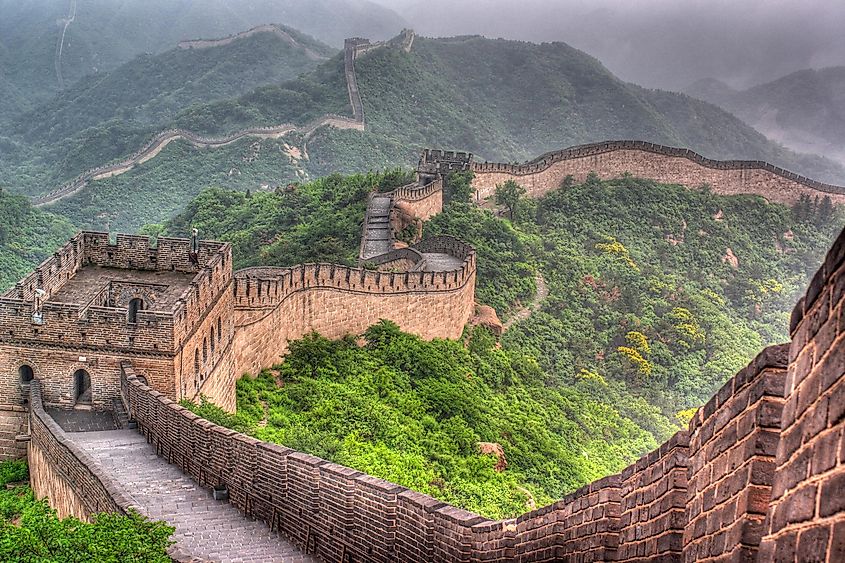
Many people consider the Great Wall of China the eighth ancient wonder and for a good reason. Located in northern China, the Great Wall of China, although worked upon until the end of the Ming Dynasty in the 17th century CE, has sections that were built over 2,000 years ago. In approximately 220 BCE, under the rule of Qin Shi Huang, what were once separate sections of fortification, built under King Nan of the Zhou Dynasty and known as the Zhao and Yan sections, were joined in an attempt to protect the First Unified Chinese Empire from northern invasion. This joining created the first connected piece of the Great Wall of China. For those looking to visit the Great Wall of China, the sections accessible from modern-day Zhangjiakou are the oldest and best-preserved of the Great Wall of China.
Olmec Colossal Heads, Mexico
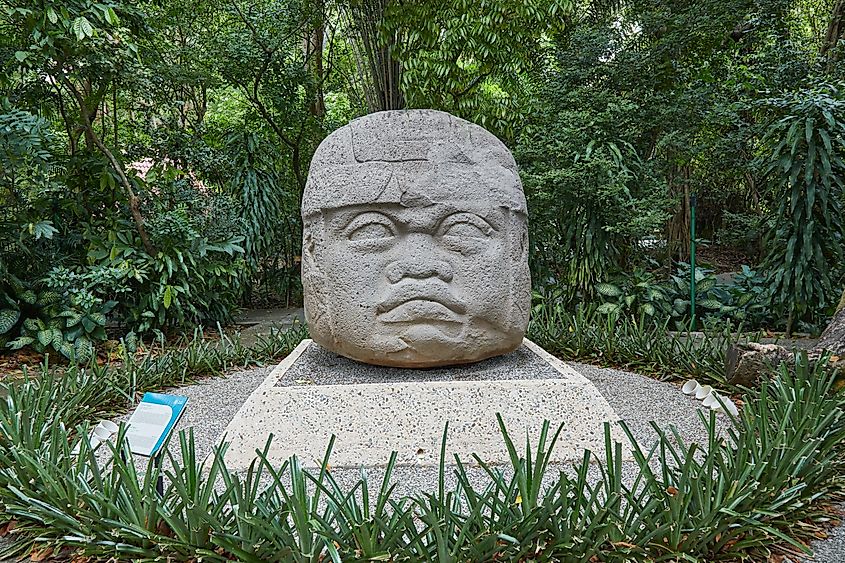
The Olmec people of the Americas are thought to have lived from 1600 BCE to around 350 BCE. They are an archaeological culture, meaning everything known about this culture comes from artifacts rather than any form of written text. Archeologist Matthew Stirling found the first Olmec Colossal Head in 1938 along Mexico's Gulf Coast. In total, 17 heads have been discovered and can now be seen at Mexico City's National Anthropology Museum. The heads range in height anywhere from 3.8 to 11.2 feet tall, with each head carved from a single basalt boulder and then transported to its final destinations, some traveling up to 62 miles.
Stonehenge, England, United Kingdom
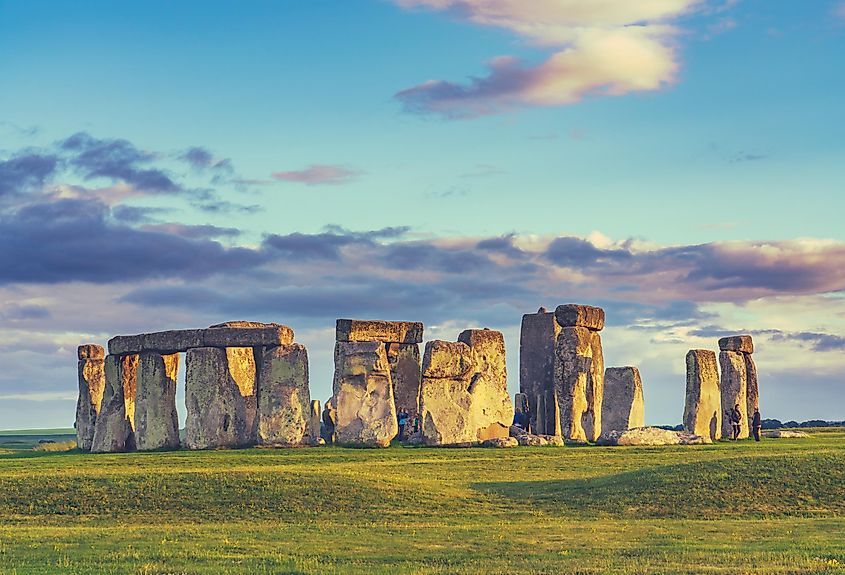
While Stonehenge, located near Salisbury, England, as it stands today, is certainly an impressive structure, it is this site's unanswered questions that perhaps have allowed it to be an overlooked wonder of the ancient world. Dated to the 3rd or 2nd millennium BCE, the large sarsen stones at Stonehenge are made of silcrete rock and have been determined to have come from Marlborough Downs, located 20 miles away from Stonehenge. The sarsen stones range in weight from 25 to 30 tons each. The smaller stones, or bluestones, have been determined to have originated from Preseli Hills in southwest Wales, over 140 miles away, with these stones weighing between 2 and 5 tones each. It is yet to be determined how the stones were moved as well as what the purpose was of placing them in their present location and organization, but some postulate that it was used as an astronomical calculator, which, if so, would make it one of the oldest example of such a creation in the archaeological record.
Ancient Babylon North Palace of Nebuchadnezzar II, Iraq
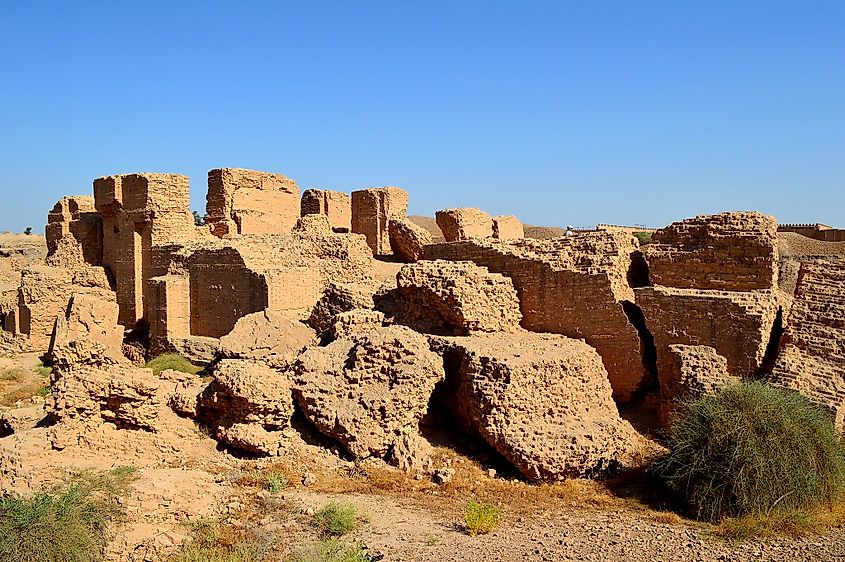
The ruins of the Neo-Babylonian North Palace of Nebuchadnezzar II are located in modern-day Babylon, Iraq. Dating back to circa 600 BCE, what is referred to as the New Palace in Achaemenid-period texts is also known as the North Palace or the Nordburg. It was first excavated between 1899 to 1900 by German archaeologist Robert Koldewey and then again by the same team from 1913 to 1914. The site was also excavated in 1958 and 1980 by Iraqi archaeologists. The construction of the North Palace is referenced in a variety of ancient texts, even one thought to be written by Nebuchadnezzar II himself, who explains that the North Palace was to be built because his residence in the South Palace was not "decorous enough for [his] status as King."
Ancient City Of Dholavira, India
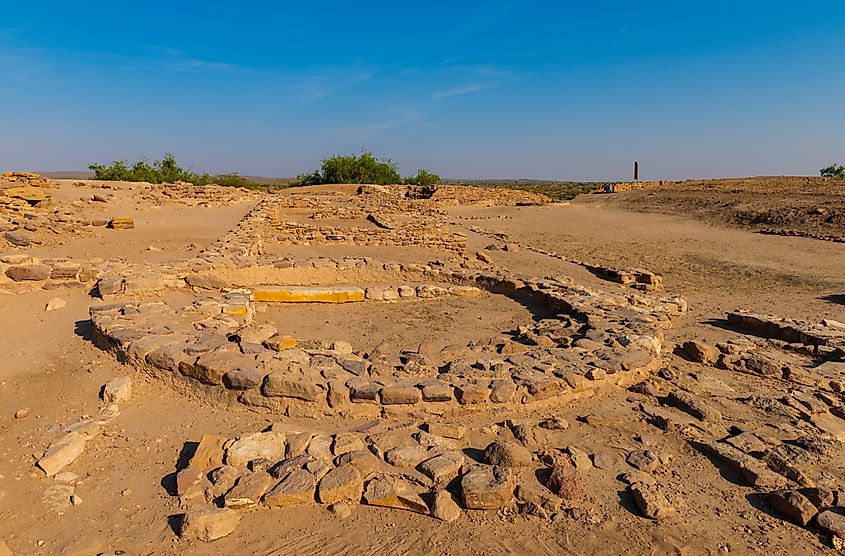
The Ancient city of Dholavira was built during the height of the Harappan Civilization, around 3,000 to 2,500 BCE. Located in modern Kachchh District, India, this site is one of the largest Harappan sites discovered as of yet and is comprised of a walled city and a cemetery. In the walled city, there is archeological evidence of a fortified castle with its own fortified Bailey, a religious complex, a middle town, a lower town, multiple reservoirs, and a citadel. The cemetery, located beside the city's western portion, consists of many circular and rectangular-shaped cenotaphs marking gravesites. The site covers nearly 100 hectares of land, making it the equivalent of 140 soccer pitches.
Honorable Mention: The Rosetta Stone
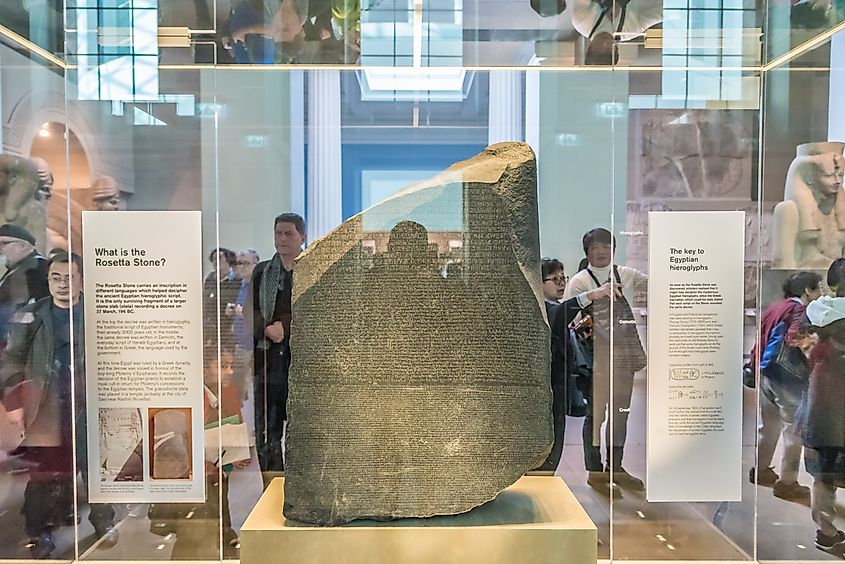
Now located in the British Museum in England, French soldiers discovered the Rosetta Stone in July of 1799 under Napoleon's command. It was found in modern-day El Rashid, Egypt, where the ancient city of Rosetta once stood. The stone, or stele, is made of granodiorite and dates back to 196 BCE and the reign of King Ptolemy V Epiphanes. It holds the same message, a royal decree indicating that the priests support Pharaoh Ptolemy V's reign written on the Rosetta Stone three times, using three different writing systems, two Egyptian (in Hieroglyphs and the Demotic Script) and Ancient Greek. In 1822 French scholar Jean-François Champollion was able to translate a portion of the stone, this being the first of any text on the Rosetta Stone to be translated.
The Take Home
From the Great Wall of China to the Rosetta Stone, it is clear that there are far more ancient wonders than could ever fit on a single list of seven. It is important that these sites be protected and preserved as they are examples of our species' presence and progress as a civilization on the planet.
